Rhinoplasty, also known as a nose job, is one of the most popular types of cosmetic surgery.
Rhinoplasty reshapes your nose to improve your appearance or to fix medical problems that interfere with how you breathe. It can correct a deviated septum or a broken nose.
Rhinoplasty is a type of plastic surgery that changes your nose’s shape and size. Some people have cosmetic rhinoplasty to improve how their nose and face look. Others undergo functional rhinoplasty, which improves breathing and nasal function. Surgeons who perform this procedure are trained in plastic surgery or facial plastic surgery. Rhinoplasty is commonly called a nose job.
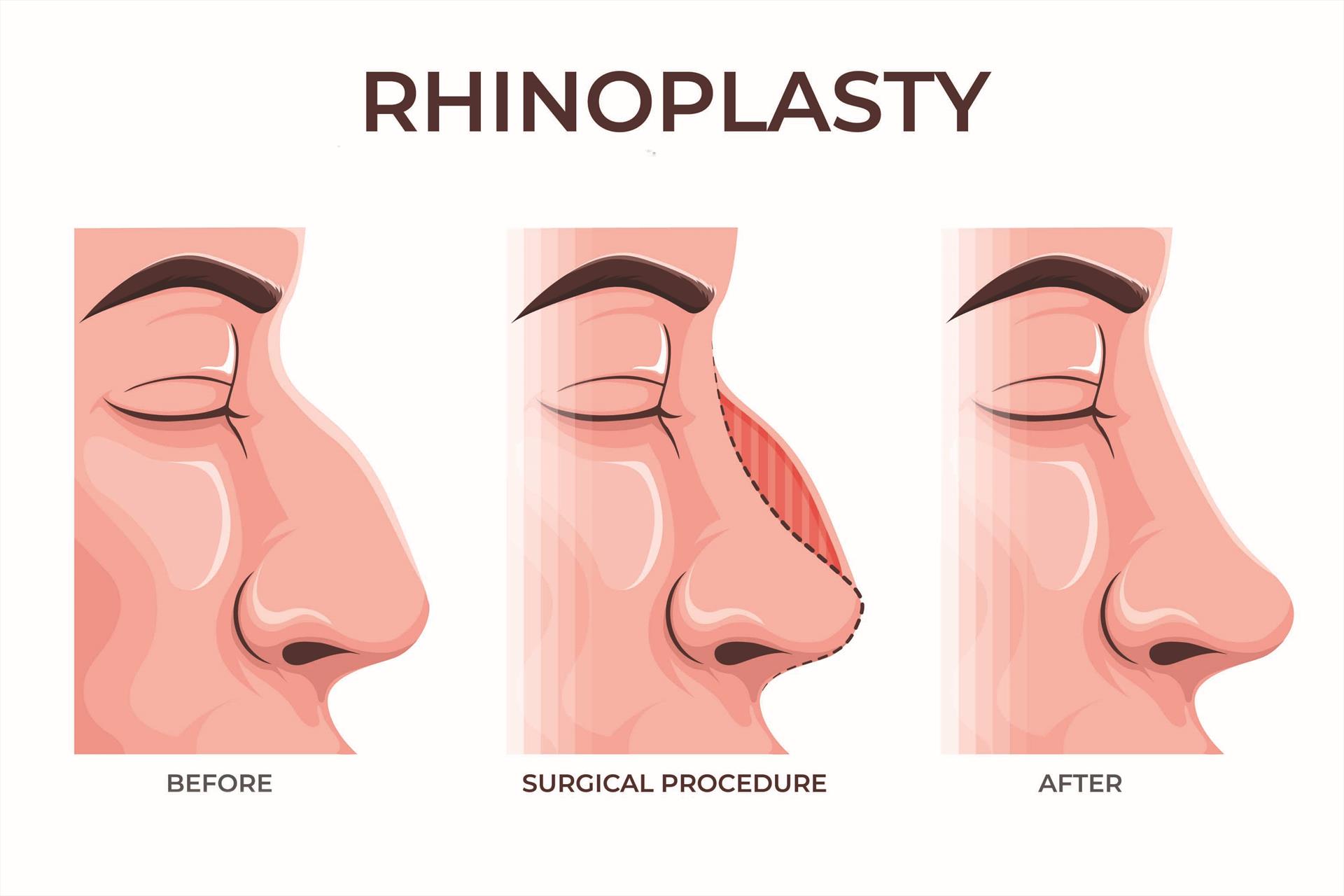
Who might want to get rhinoplasty?
You might choose to have a rhinoplasty procedure to:
- Correct a congenital abnormality (birth defect).
- Improve your overall appearance.
- Open blocked nasal passages (deviated septum).
- Repair a facial fracture, like a broken nose.
- Restore breathing function after disease, cancer treatments, traumatic injuries or burns.
Who is a candidate for rhinoplasty?
A candidate for rhinoplasty should:
- Be finished growing and in good physical health.
- Not smoke.
- Understand the limitations of nose surgery and have reasonable goals for the procedure.
- Want the procedure for their own reasons, not because someone else thinks they’d look better.
What does rhinoplasty do?
Rhinoplasty reshapes your nose. The procedure can:
- Correct a nose that looks bulbous, upturned, hooked or droopy.
- Correct a deviated septum.
- Fix nostrils that are too wide, too small, too large or turn upward.
- Get rid of noticeable dips or bumps on the bridge of your nose.
- Make a nose smaller or bigger to create facial balance.
- Open blocked nasal passages.
What are the different surgical approaches to rhinoplasty?
There are two main types of rhinoplasty procedures:
Open: Open rhinoplasty is a procedure for major nose reshaping. Your surgeon will make incisions to separate the skin of your nose from the bone and cartilage completely, which allows them to see the underlying anatomy of your nose clearly.
Closed: Closed rhinoplasty is a minor nose reshaping procedure. Your surgeon will make incisions within your nose to separate your skin from the bone and cartilage to reshape it.
Additional types of rhinoplasty include:
Cosmetic rhinoplasty: Improves the appearance of your nose and face.
Nonsurgical rhinoplasty (filler rhinoplasty): This is a type of cosmetic rhinoplasty that uses dermal fillers to temporarily fill dips and irregularities in your nose. It can lift a droopy nasal tip or correct a small bump.
Functional rhinoplasty: Restores nasal form and function after disease, cancer treatments or traumatic injuries. This type of reconstructive surgery can also be used to correct congenital defects and a deviated septum.
Secondary rhinoplasty: Revises or corrects any problems that occur after the first rhinoplasty surgery. These problems can be minor but are often more complex for your surgeon to repair.
What are the advantages of rhinoplasty?
The advantages of having a rhinoplasty procedure include:
- Changing the shape and size of your nose.
- Improving your facial appearance.
- Correcting any structural abnormalities of your nose like a deviated septum.
- Improving how you breathe out of your nose.
What is the recovery time for rhinoplasty?
It can take up to a year after your rhinoplasty surgery to fully recover. You’ll have swelling for about four to six weeks after your surgery that slowly decreases after three months. Between three months to a year, your nose is still healing and swelling could still be present. You’ll see full results after your nose completely heals, which is usually after one year. The timeline for recovery varies for each person.
When can I go back to my regular activities after rhinoplasty surgery?
After rhinoplasty surgery, follow your healthcare provider’s recommendations about when you can go back to work or continue your regular activities. You should be able to return to work or school in one to two weeks. You can do light exercises within four to six weeks. You shouldn’t lift anything heavy for four to six weeks.
When will I see the results of rhinoplasty?
You should notice a difference in the appearance of your nose about a week after rhinoplasty surgery when your splint comes off. It can take up to a year for your nose to fully settle into its new shape. During this time, some facial swelling is normal. Most people who have functional rhinoplasty to fix a deviated septum see improvements within six weeks. About 15% of people need a follow-up (revision) surgery to make small changes after the initial surgery.
How long does rhinoplasty last?
Rhinoplasty is a permanent body modification procedure. The results will last a lifetime. You may want a second rhinoplasty surgery to adjust any cosmetic changes to meet your expectations after you heal completely.
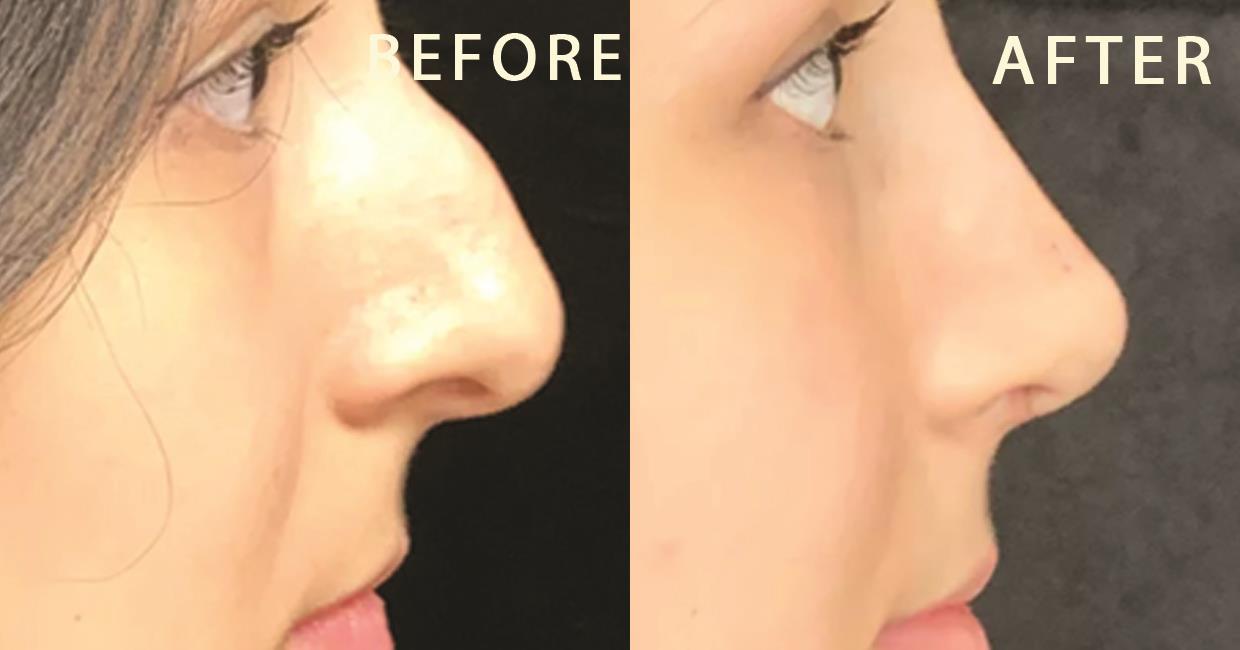
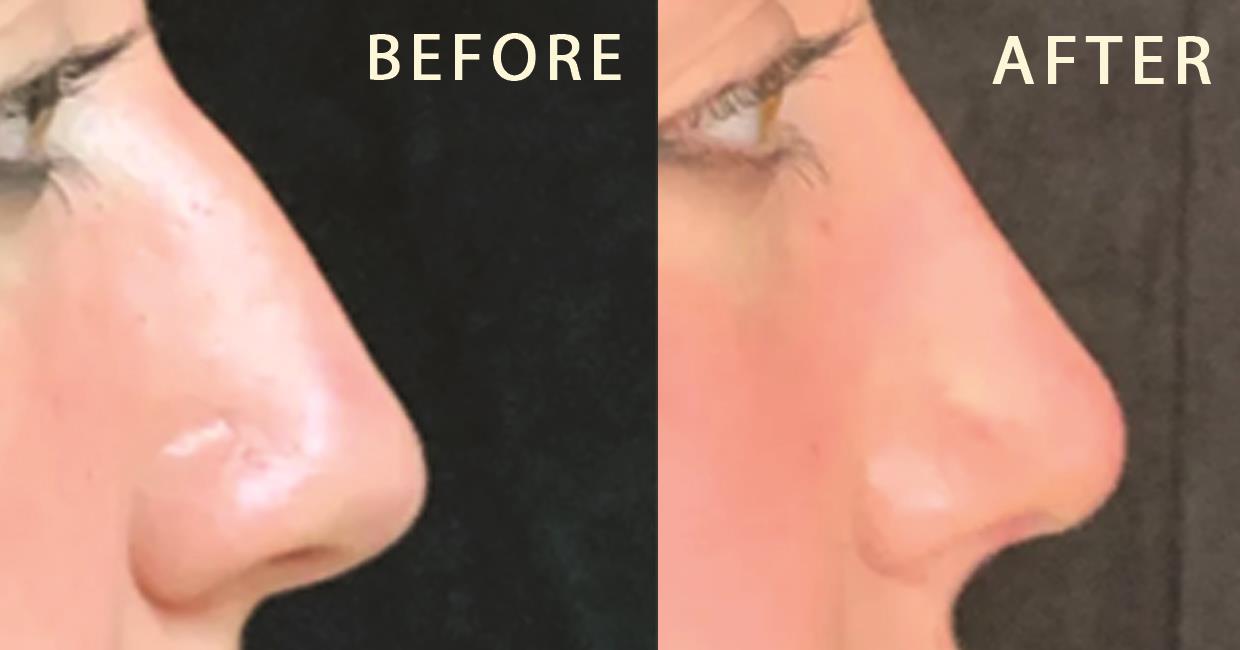
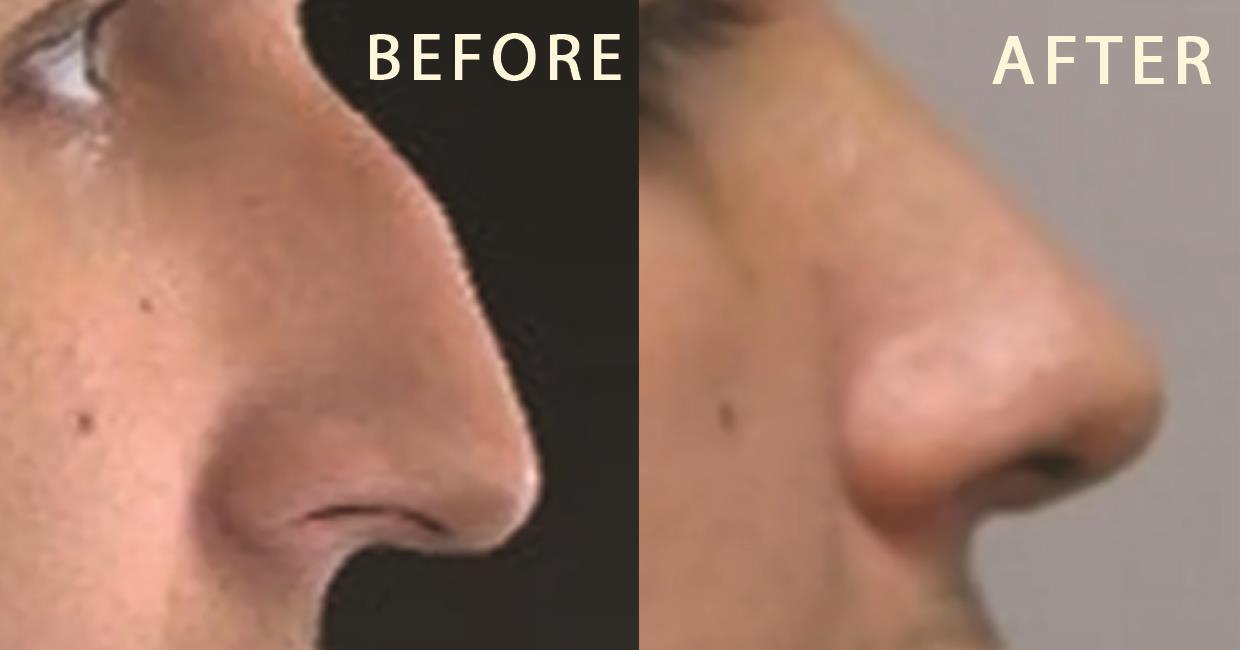
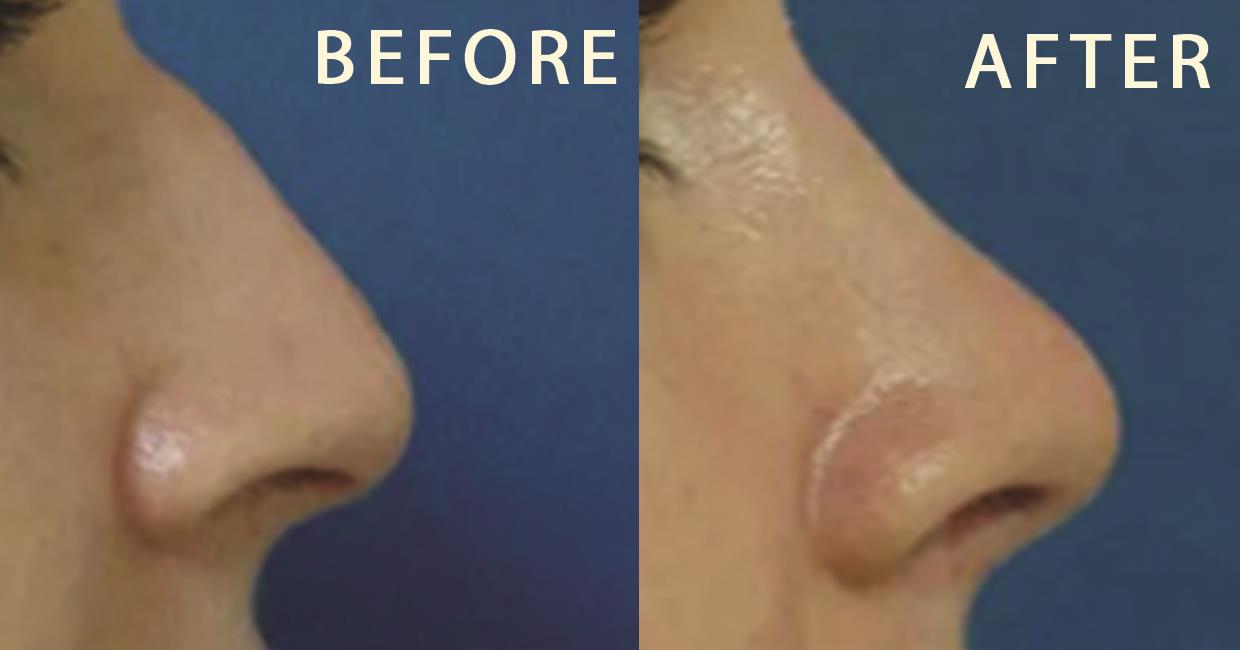
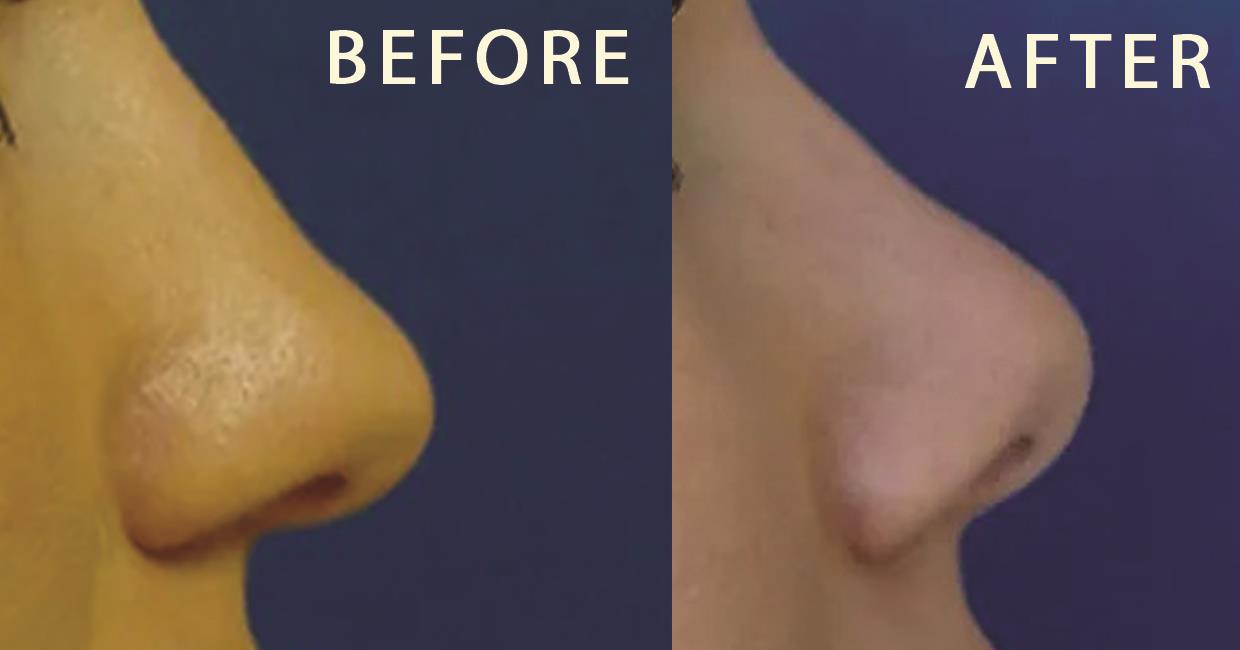
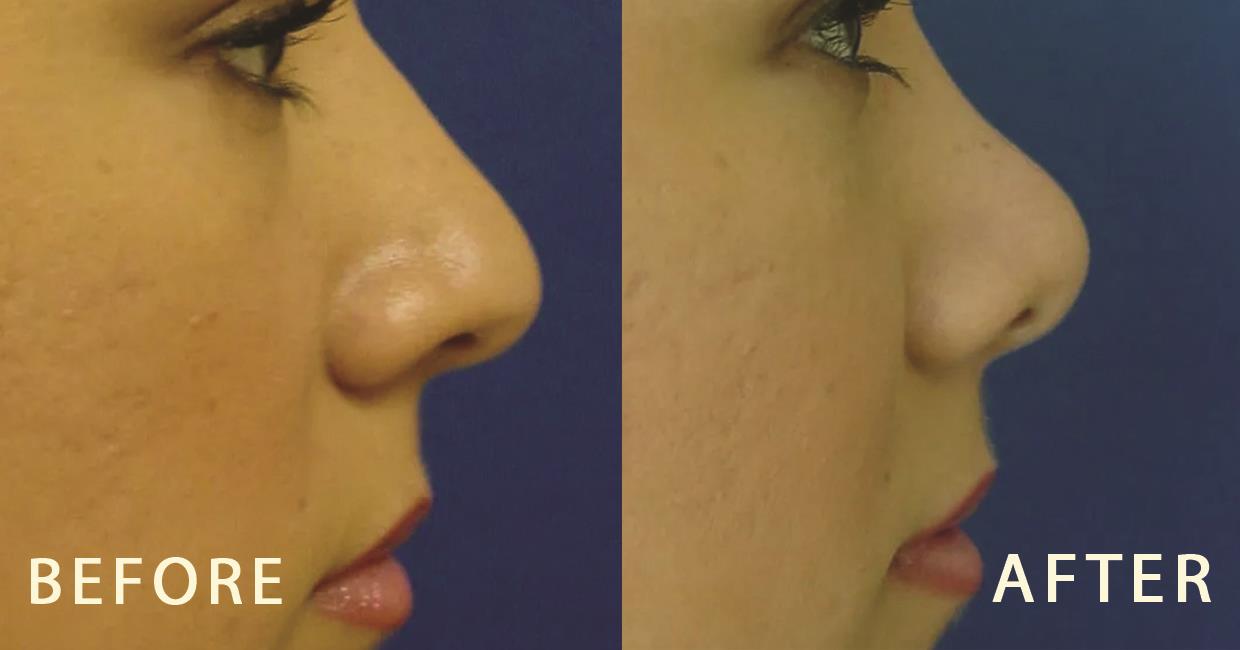
FAQ
How common is rhinoplasty?
Rhinoplasty is one of the most common cosmetic surgery procedures. There are over 350,000 rhinoplasty procedures performed each year in the United States. While women and people assigned female at birth are more likely to get the procedure, men and people assigned male at birth get nearly 20% of all rhinoplasty surgeries in the U.S. each year.
What’s the difference between rhinoplasty and septoplasty?
Rhinoplasty is a procedure that improves the appearance and/or structure of your nose. Septoplasty is a procedure similar to rhinoplasty that repairs the deep, internal structural complications within your nose — the nasal septum. Complications in the nasal septum can affect how you breathe. Both procedures can be done at the same time to improve both the look and the function of your nose.
What happens after a rhinoplasty procedure?
After rhinoplasty surgery, you may have:
- A small plastic splint to minimize swelling and maintain your nose’s new shape while it heals. You’ll wear the splint for one or two weeks.
- Cotton gauze (packing) may be placed inside your nose. You can remove the packing according to your surgeon’s instructions, usually within 24 to 48 hours after surgery.
- Swelling and bruising may occur around your nose and eyes, which takes several weeks to resolve. You may experience mild facial swelling, especially in the morning, for up to a year after surgery.
Will I experience pain after rhinoplasty?
After your rhinoplasty surgery, your surgeon may administer a long-acting numbing agent at the end of the procedure. You should only have mild to moderate pain or discomfort. The pain should reduce or go away a few days to a week after surgery. During this time, you can take over-the-counter pain relievers to ease your discomfort as directed by your healthcare provider.

| Here is some videos for your aesthetic treatments. You can also visit our aesthetic BLOG page. |
|
|
|